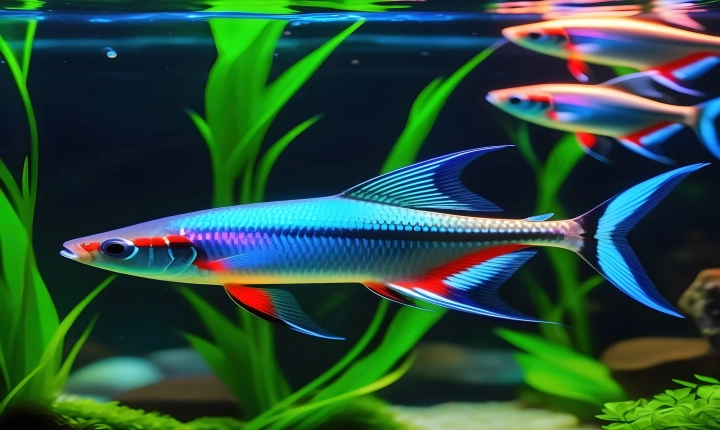Title: Can You Use ChatGPT to Translate: A Closer Look at Language Translation with AI
Language translation has come a long way in recent years, thanks to advancements in artificial intelligence (AI) and natural language processing (NLP) technologies. One such AI model that has gained attention in the field of language translation is ChatGPT, a powerful language generation model developed by OpenAI. ChatGPT, based on the GPT-3 architecture, has the ability to understand and generate human-like text in multiple languages, making it a potential candidate for language translation tasks.
When it comes to using ChatGPT for language translation, there are several aspects to consider. Firstly, ChatGPT can be trained on large multilingual datasets, enabling it to understand and generate text in various languages. This capability opens up the possibility of leveraging ChatGPT for translation purposes, as it can process and produce text in different languages with a high degree of accuracy and fluency.
One of the primary ways to use ChatGPT for translation is through a process called “zero-shot translation.” This involves inputting a source language text and specifying the target language for translation without providing any parallel or aligned training data. ChatGPT can then generate a translation from the source language to the target language based on its understanding of both languages from its training data. This zero-shot approach has shown promising results in translating text between languages, making ChatGPT a versatile tool for multilingual communication.
Additionally, ChatGPT’s ability to understand context and generate coherent responses makes it well-suited for handling complex translation tasks. Unlike traditional rule-based translation systems, ChatGPT can capture the nuances of language and produce translations that preserve the original meaning and tone of the source text. This is particularly beneficial for translating colloquial and informal language, as well as handling idiomatic expressions and cultural references that often pose challenges for conventional translation systems.
Moreover, ChatGPT can be fine-tuned for specific language pairs through a process known as supervised training. By providing aligned training data for a particular language pair, ChatGPT can be trained to optimize its translation capabilities for those languages. This fine-tuning process can significantly improve the accuracy and appropriateness of translations, especially for languages with distinct linguistic characteristics and nuances.
While ChatGPT has shown promise in the field of language translation, it is important to consider its limitations. As with any AI model, ChatGPT may encounter challenges in accurately translating text that contains ambiguous or context-dependent meanings. Additionally, the quality of translations may vary depending on the complexity and domain-specific nature of the input text, as well as the language pair being translated.
In conclusion, ChatGPT offers a compelling approach to language translation, leveraging its advanced language generation capabilities to bridge the gap between different languages. While it may not replace professional human translators entirely, ChatGPT can serve as a valuable tool for quickly and efficiently translating text across multiple languages. As AI continues to evolve, the potential for ChatGPT and similar models to revolutionize the field of language translation remains an exciting prospect.
